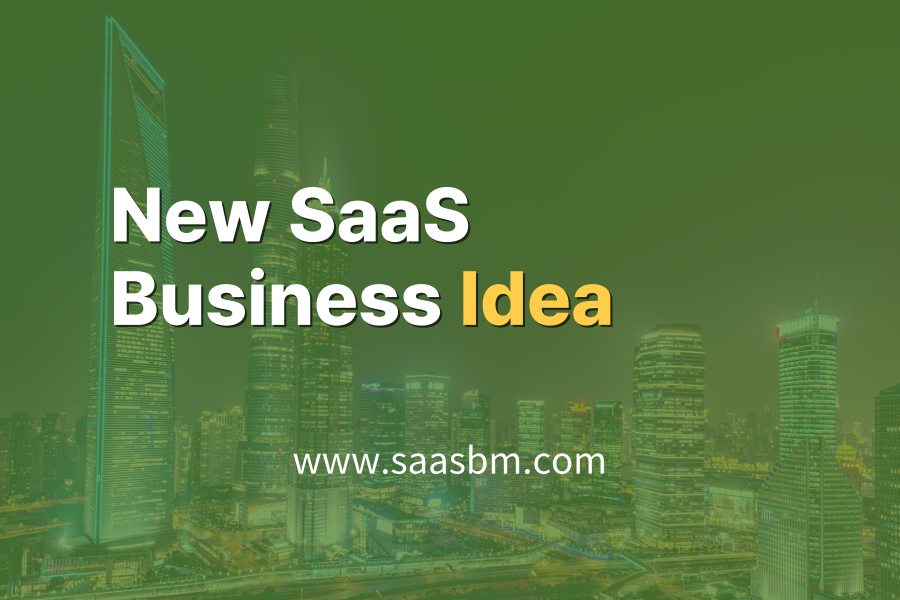Here are two new business ideas inspired by a benchmarked SaaS model.
We hope these ideas help you build a more compelling and competitive SaaS business model.
- Benchmark Report: Revolutionize Your Office with Smart Hybrid Workspace Management
- Homepage: https://www.deskbird.com
- Analysis Summary: DeskBird offers a comprehensive hybrid workspace management solution that enables companies to optimize office space usage, improve employee collaboration, and adapt to flexible work models.
-
New Service Idea: CollabMesh / WorkplaceDNA
Derived from benchmarking insights and reimagined as two distinct SaaS opportunities.

[swpm_protected for=”3,4″ custom_msg=’This report is available to Growth and Harvest members. Log in to read.‘]
![]()
1st idea : CollabMesh
An AI-powered virtual office platform that recreates organic collaboration for distributed teams
Overview
CollabMesh reimagines remote work by creating a persistent virtual environment that mimics the spontaneous interactions of physical offices. Unlike traditional video conferencing or workspace management tools, CollabMesh uses spatial audio, presence indicators, and AI-facilitated connections to replicate the natural flow of in-office collaboration. The platform creates digital spaces where team members can “bump into” colleagues, have impromptu conversations, and collaborate in virtual meeting rooms with interactive whiteboards and document sharing. The AI engine analyzes work patterns and suggests potential collaborations, identifies knowledge gaps, and facilitates cross-team connections that might otherwise be missed in remote settings. By addressing the isolation and reduced spontaneity of remote work, CollabMesh helps organizations maintain their culture and creative spark while embracing distributed work models.
![]()
Who is the target customer?
▶ Creative agencies and design firms that rely on spontaneous ideation and cross-pollination
▶ Professional service firms (consulting, legal, financial) with high-value knowledge workers in multiple locations
▶ Fast-growing scale-ups transitioning from startup culture to more structured remote operations
![]()
What is the core value proposition?
![]()
How does the business model work?
• Virtual Office Design Services: Custom design services for enterprise clients wanting tailored virtual environments that reflect their brand and work culture ($5,000-25,000 one-time fee).
• Integration Marketplace: Revenue sharing with third-party developers who create plugins and integrations for the CollabMesh platform (30% commission on all transactions).
![]()
What makes this idea different?
![]()
How can the business be implemented?
- Develop the core virtual office platform with spatial audio capabilities and persistent virtual spaces using WebRTC and spatial computing frameworks
- Build the AI collaboration engine by training machine learning models on anonymized workplace interaction data to identify valuable connection patterns
- Create a user-friendly interface that makes navigation of virtual spaces intuitive, with emphasis on low-friction entry and exit from conversations
- Develop key integrations with popular workplace tools (Slack, Microsoft Teams, Google Workspace, Asana, Jira) to fit into existing workflows
- Launch beta with 10-15 mid-sized tech companies to refine the product based on real-world usage patterns and feedback
![]()
What are the potential challenges?
• Privacy concerns with AI-suggested collaborations: Employees might worry about surveillance. Solution: Implement transparent data usage policies, opt-in features, and clear explanations of how AI works without monitoring individual performance.
• Network effects dependency: The platform’s value increases with widespread adoption within an organization. Solution: Develop engaging features that provide value even with partial team adoption, such as integrations with existing communication tools.

2nd idea : WorkplaceDNA
A cultural analytics platform that helps companies measure, map and enhance their workplace culture across distributed teams
![]()
Overview
WorkplaceDNA is a first-of-its-kind platform that turns the intangible aspects of workplace culture into measurable data points, helping companies understand and strengthen their organizational fabric regardless of work arrangement. The platform collects cultural signals through passive listening on communication channels, pulse surveys, work pattern analysis, and space utilization metrics (integrating with systems like DeskBird). Using advanced natural language processing and organizational network analysis, WorkplaceDNA creates a comprehensive “cultural genome” of the organization, identifying cultural strengths, vulnerabilities, alignment issues, and emerging subcultures. Companies can track culture health over time, benchmark against industry peers, run cultural impact simulations before major changes, and receive targeted recommendations to strengthen their culture. For hybrid and remote organizations struggling to maintain cohesion, WorkplaceDNA provides the missing link between workplace strategy and cultural outcomes.
![]()
Who is the target customer?
▶ Companies experiencing post-merger integration challenges across multiple locations
▶ Organizations with high growth rates struggling to maintain cultural cohesion as they scale
▶ Multinational corporations managing teams across different countries and cultural contexts
![]()
What is the core value proposition?
![]()
How does the business model work?
• Cultural Consulting Services: Expert interpretation of cultural data and development of tailored transformation strategies ($20,000-100,000 depending on company size and complexity). Includes workshops, leadership training, and implementation support.
• Integration Revenue: Partnerships with workspace management platforms (like DeskBird), HR systems, and communication tools with revenue sharing for enhanced data collection and intervention delivery (typically 15-25% of partner subscription value).
![]()
What makes this idea different?
![]()
How can the business be implemented?
- Develop core data collection integrations with major workplace communication platforms (Slack, Teams, email) and workspace management systems (including DeskBird)
- Build the cultural analytics engine using machine learning models trained on anonymized organizational data sets to identify cultural patterns and correlations
- Create an intuitive visualization system that presents complex cultural data in actionable formats for executives and HR leaders
- Assemble a team of organizational culture experts to develop the recommendation engine and consulting methodology
- Launch with 5-10 enterprise pilot customers for 6 months to refine the product and build case studies demonstrating ROI
![]()
What are the potential challenges?
• Proving ROI for cultural investments: Organizations may struggle to connect cultural metrics to business outcomes. Solution: Develop clear attribution models linking cultural improvements to retention, productivity, and innovation metrics with benchmark comparisons.
• Overcoming skepticism about “measuring” culture: Some leaders view culture as inherently unmeasurable. Approach: Start with concrete use cases focused on specific business challenges (e.g., post-merger integration, geographic expansion) to demonstrate practical value before expanding to broader cultural applications.
[/swpm_protected]

No comment yet, add your voice below!